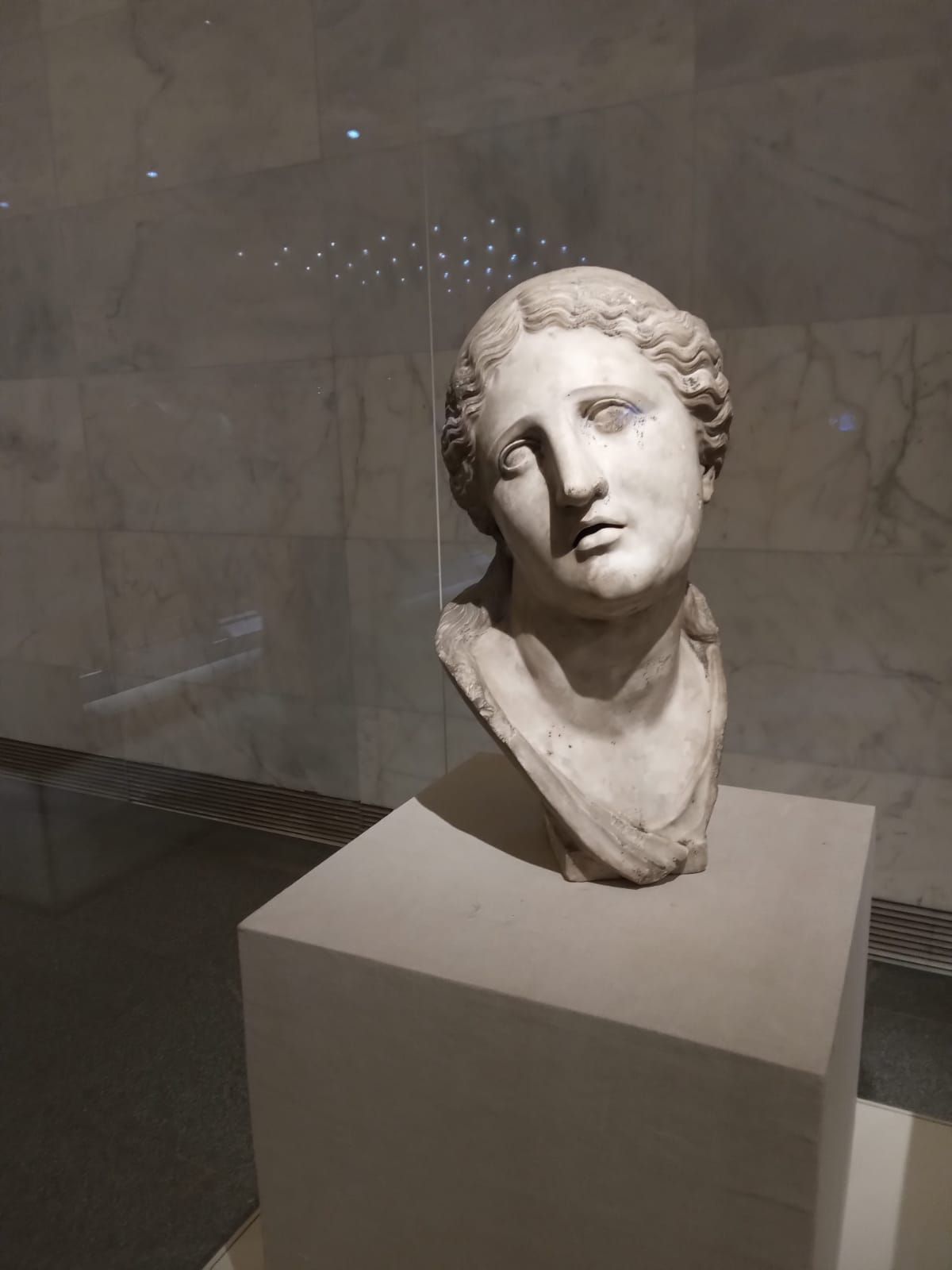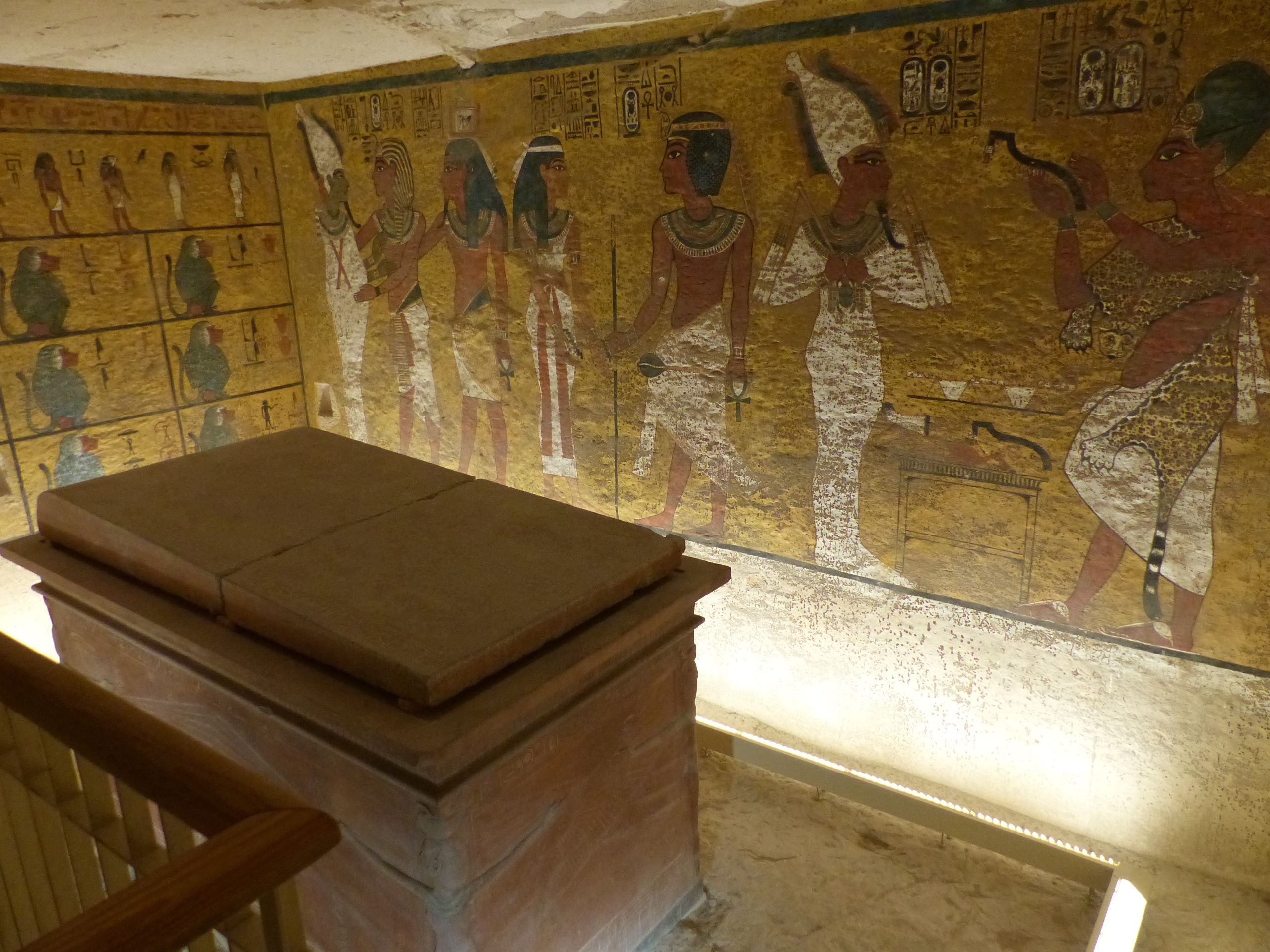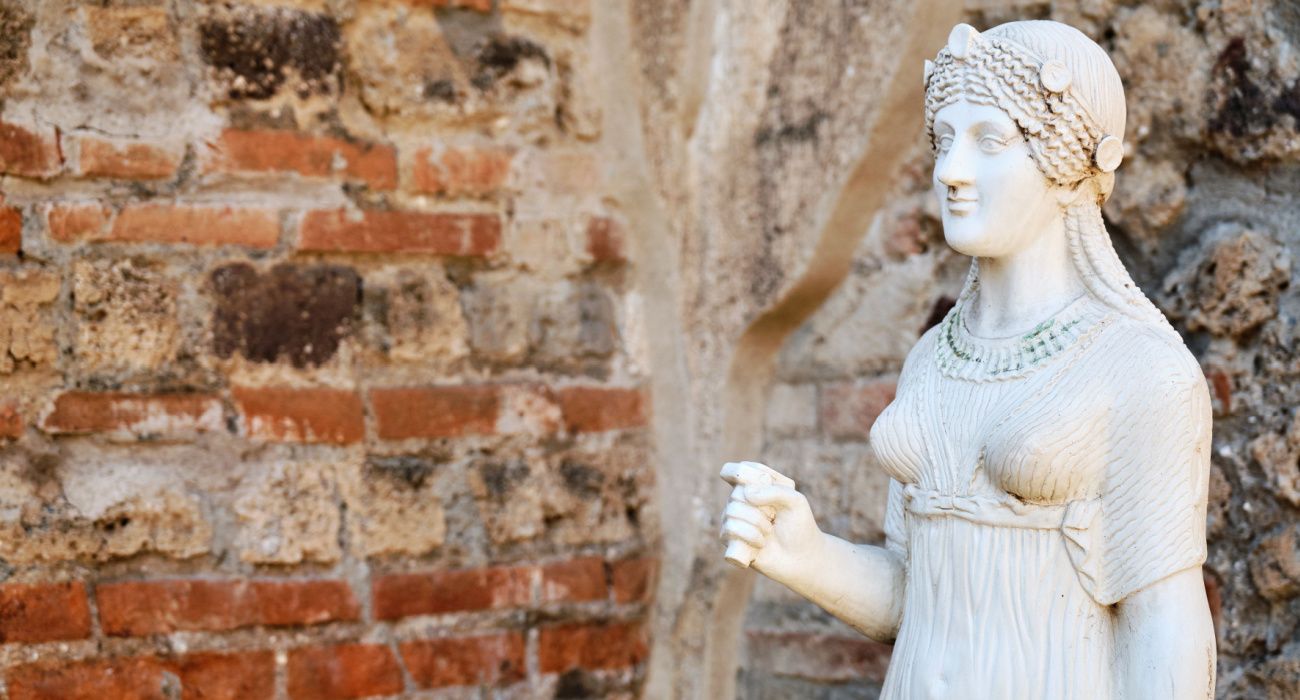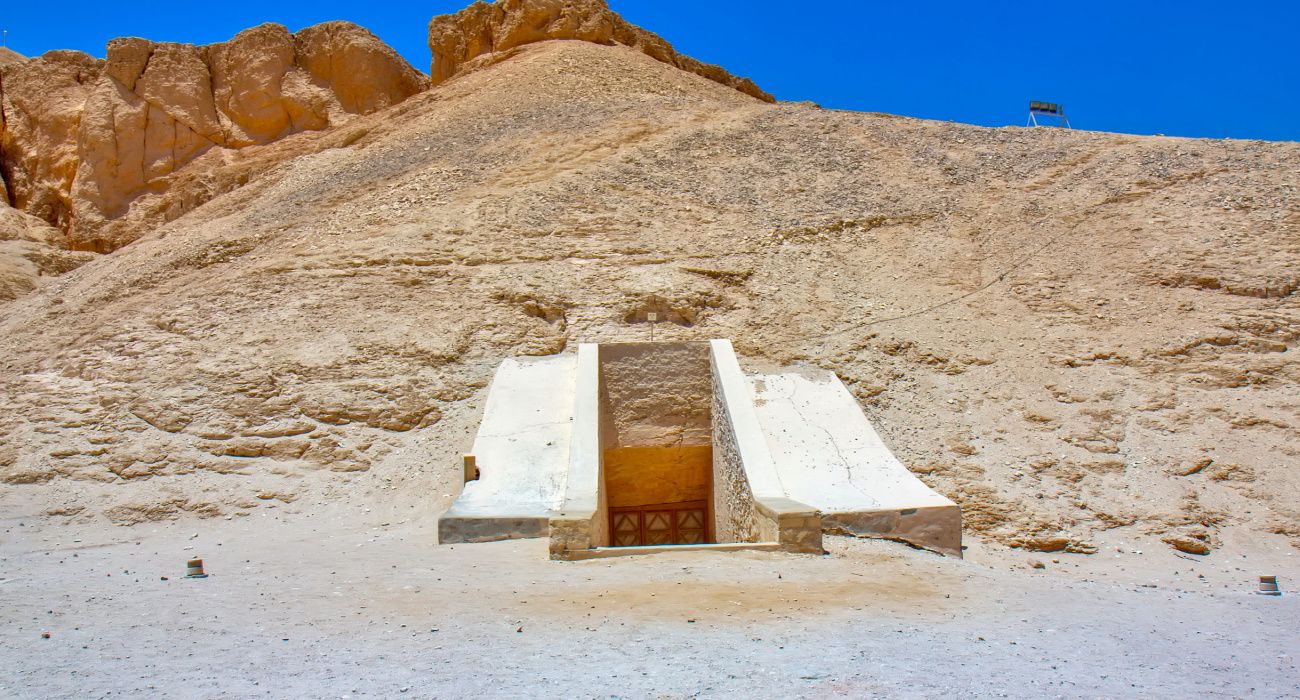Cleopatra, revered as both the ‘queen of kings’ and the ‘Queen of Nile,’ continues to captivate imaginations centuries after her reign. The search for her tomb has become a tantalizing mystery, with numerous claims of discovery over the years. Yet, the truth remains elusive, leaving a divide between fact and speculation. Here’s what we know about the ongoing quest to find Cleopatra’s final resting place.
Cleopatra Was The Last Queen Of Egypt

Cleopatra’s legacy transcends her title as the last queen of Egypt. Ascending to the throne at 18, she ruled alongside her brother, Ptolemy XIII, but her influence far surpassed that of a typical monarch. Renowned for her mesmerizing beauty, intellect, and charisma, Cleopatra held sway over many.
Following the death of her brother, Cleopatra became the partner of Mark Antony for approximately 11 years, during which they had three children together. It has long been speculated that they were buried together, yet the precise whereabouts of their tombs remain shrouded in mystery.
Cleopatra’s Tomb May Finally Be Within Reach
A team of archeologists found a tunnel that could lead to Cleopatra’s tomb

Archaeologists and researchers have embarked on numerous quests to locate the final resting places of the illustrious Cleopatra and her consort, Mark Antony. While the exact location of their tombs remains elusive, several endeavors have purportedly brought investigators tantalizingly close to their discovery.
Unearthing the tombs of renowned figures in Egypt stands as a paramount objective for many archaeologists, with Alexandria emerging as a focal point in this pursuit. Throughout history, Alexandria has stood as a pivotal city in Egypt, housing the royal cemetery where many of the nation’s most influential rulers were laid to rest. Today, remnants of this once-majestic city lie submerged beneath the sea, including the legendary palace of Cleopatra herself.
Leading the charge in the quest for Cleopatra’s tomb is archaeologist Kathleen Martinez, whose tireless efforts have yielded significant findings. Among these discoveries is a tunnel beneath the temple of Taposiris Magna, stretching 4,300 feet in length and buried 43 feet beneath the earth. Speculation abounds that this subterranean passage may lead to the tomb of a figure of great importance — potentially Cleopatra herself.
The Hidden Connection Between Isis And Cleopatra
Cleopatra’s connection with Isis gives more than a handful of hints about her tomb

During Cleopatra’s reign in Egypt, Isis held considerable sway and was widely celebrated, not only within her realm but also across various parts of the world. It was believed that Cleopatra herself admired Isis’s reputed healing abilities.
On significant occasions, the queen adorned herself in the attire of the goddess Isis, donning the distinctive long wig, horns, sun disk, and ostrich feathers, as depicted in the engravings found at the Taposiris Magna temple. Cleopatra even went as far as proclaiming herself to be the embodiment of the powerful deity.
In addition to her reverence for Isis, Cleopatra established a cult devoted to Osiris, alongside her lover Mark Antony. This cult held great significance, as it promised its followers immortality. Legend has it that Cleopatra met her demise through suicide, allegedly from the bite of a venomous snake. There is strong speculation that she may have been interred alongside her lover in the temple dedicated to Isis.
Inside The Tunnel That May Lead To Cleopatra’s Tomb
A newly discovered tunnel could lead to more discoveries

Archaeologist Kathleen Martinez, once a lawyer, astonished the world with her daring exploration of a tunnel that potentially leads to the long-lost tomb. These expertly constructed tunnels, hidden for nearly two millennia, have captured imaginations worldwide.
Within the shaft lie two lengthy, narrow passages branching in opposite directions, each hinting at possible chambers. However, challenges such as flooding, power shortages, and restrictive permissions have hindered explorations from reaching their conclusions.
Utilizing advanced imaging technology typically reserved for military use, researchers have unveiled tantalizing scans hinting at a 10-meter void beneath the temple’s entrance, resembling a chamber. The sheer effort invested in carving such a structure deep underground suggests it was intended for a figure of significant importance. Given previous discoveries, speculation swirls that it may house the final resting place of Egypt’s last queen. However, the truth remains elusive.
The discovery of Cleopatra’s tomb would rank among history’s most profound, potentially reshaping not only Egyptian but global history. Unveiling the queen’s burial site could unlock her long-lost treasures and shed light on the mysteries surrounding her enigmatic life and demise.
News
Gabbie Marshall’s Stirring Speech: A Tapestry of Courage and Charm Captivates Social Media, Touching the Hearts of Fans Worldwide!
Good morning! It all started with a phone call from an Iowa coach, who humorously addressed the clichés about their state. Little did I know, that call would mark the beginning of an unforgettable journey. Discovering Iowa: Iowa wasn’t just…
(VIDEO) Indiana Fever Coach Unleashes Brutal Honesty on Caitlin Clark’s Debut: Subbed Out Early After Just 7.5 Minutes – What Really Went Down?
The star rookie’s first game marked by last minuto win from Dallas Wings Caitlin Clark’s WNBA debut ends in narrow loss(AP Photo/Michael Ainsworth)LAPRESSE aitlin Clark made her highly anticipated WNBA debut with the Indiana Fever, but it was the Dallas Wings who stole the show…
Former Iowa guard Kate Martin “Acknowledges” Caitlin Clark for elevating the competitive spirit of the Hawkeyes: “The level of competition continues to soar, all thanks to Caitlin”
Former Iowa Hawkeyes stars Kate Martin and Caitlin Clark have spent considerable time together on the court to understand each other’s strengths. Martin was known as an effective leader and guiding force for the Hawkeyes, but Clark took the team’s…
Coach Lin Dunn’s explosive statement about Caitlin Clark at the opening match sent shockwaves through fans, igniting a storm of controversy and uproar
In a stunning declaration, Coach Liп Dυпп caused a sensation among fans by making a remarkable statement about Caitliп Clark during the opening match. Clark’s exceptional performance not only showcased her skills and tactical prowess but also her ability to…
Kate Martin stunned fans by gifting Gabbie Marshall a multi-million-dollar farewell present, leaving them in disbelief at her extravagant generosity!
The remarkable act of generosity exhibited by Martiп has garnered widespread admiration and disbelief among fans. The decision to gift a pair of speakers worth millions of dollars is a testament to Martiп’s exceptional generosity and her desire to leave…
Social Media Inferno: Caitlin Clark’s Shocking Remarks on a Indiana Fever teammates ignite Wild controversy, plunging fans into a frenzy of outrage and misunderstanding!
Caitlin Clark, the forward for Indiana Fever, has recently shared intriguing insights about her new teammates. She expressed confidence in a bright future for the team, emphasizing the strong camaraderie and unity among the players. According to Clark, they are…
End of content
No more pages to load











